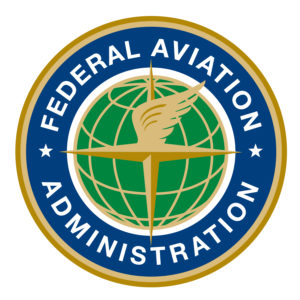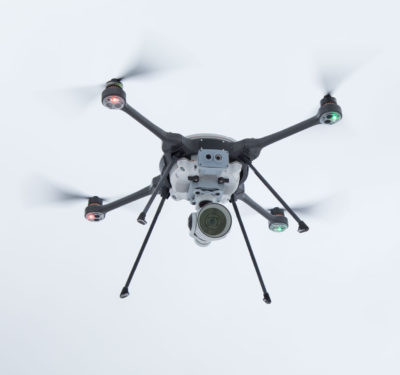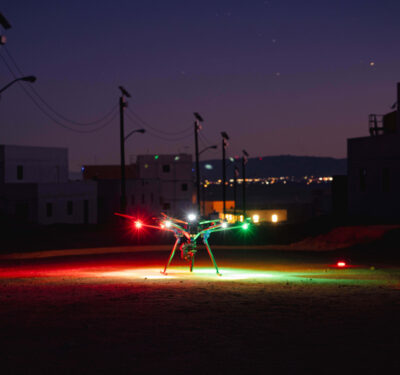
WASHINGTON – Introducing drone operations into the nation’s airspace can provide substantial benefits to society, such as preventing derailments, inspecting cell phone towers, delivering medical devices to patients in cardiac distress, and assisting firefighters, says a new congressionally mandated report by the National Academies of Sciences, Engineering, and Medicine. However, an overly conservative approach to safety risk assessments at the Federal Aviation Administration (FAA), which the report says tends to overestimate the severity and likelihood of risks from many types of drone operations, can be a significant barrier to introduction and development of this emerging and rapidly changing technology.
Many recent events have highlighted the potential value of drones, also known as unmanned aircraft systems (UASs), to reduce risks and save lives. Earlier this year, a drone saved two swimmers in New South Wales, Australia, who were caught in rough ocean surf. A lifeguard supervisor spotted the swimmers in trouble and used a drone to drop an inflatable device.
Yet, drone operations in the United States that have the potential of providing safety benefits have been prevented from entering the airspace because of FAA’s application of safety risk assessment techniques, developed over many years for manned aviation, which require evidence of a near-zero tolerance for risk. The “fear of making a mistake” drives a risk culture at FAA, particularly with regard to drone activities, which do not pose a direct threat to human life in the same way as technologies used in manned aircraft, the report says. The focus of the FAA is often solely on what might go wrong, and the dialogue now needs to shift toward balancing risks with potential advantages of drone operations, developing a holistic picture on overall risk and benefit, said the committee that conducted the study and wrote the report.
“FAA needs to accelerate its move away from the ‘one size fits all’ philosophy for UAS operations,” said George Ligler, proprietor of GTL Associates and chair of the committee. “The FAA’s current methods for safety and risk management certainly ensure safety within the manned aircraft sector, but UASs present new and unique challenges and opportunities, which make it important for the agency to take a broader view on risk analysis.”
The report urges FAA to understand the threshold of risk that the public is likely to accept for small drones, in the same context as other levels of publicly accepted risks for activities such as traveling by car, swimming in the ocean, or walking across the street. Such an approach can particularly help establish appropriate safety standards for many UASs beyond those currently defined in FAA’s regulation that governs relatively small-sized drones, the most common types flying today.
“Overly stringent certification and operational approval requirements for drone operations that are relatively low risk have the potential for placing unnecessary burden on the business case and implementation timeline for those operations, stifling innovation,” Ligler added.
To integrate drone activities into the nation’s airspace in a timely yet safe manner, FAA should evolve its current risk assessment methodologies, the report says. The need is particularly pressing because the lack of empirical data in this emerging industry means the current FAA approaches to UAS risk management are based fundamentally on qualitative and subjective risk analysis.
The committee calls for FAA to establish and publish specific guidelines within the next 12 months for implementing a predictable, repeatable, quantitative risk-based process for certifying UAS systems and aircraft and granting operations approval. The administration should expand its perspective on quantitative risk assessment to look more holistically at the total safety risk. For example, FAA should consider the safety benefit that accrues when a drone allows for cell tower inspections without the need for a human to climb the tower.
The report also recommends the FAA administrator publicly commit to reviewing risk assessments within six months so the proponents receive timely feedback. The administration should also undertake a top-to-bottom change in management processes with the aim of moving smartly to a risk-based decision-making organization with clearly defined lines of authority, responsibility, and accountability.
The study was sponsored by FAA. The National Academies of Sciences, Engineering, and Medicine are private, nonprofit institutions that provide independent, objective analysis and advice to the nation to solve complex problems and inform public policy decisions related to science, technology, and medicine. The National Academies operate under an 1863 congressional charter to the National Academy of Sciences, signed by President Lincoln. For more information, visit http://national-academies.org.






